You eat a muffin in the morning, and feel hungry again by ten
It looked small. Just a snack. But sugar burns fast. Your blood sugar rises. Then crashes. Hunger returns louder. You search for more food. This is the loop. Sugar doesn’t satisfy—it teases. It opens the appetite, not closes it.
You drink fruit juice thinking it’s healthy, but the calories come without fiber
It says 100% juice. No added sugar. But the fiber’s gone. It’s liquid sugar now. The body absorbs it fast. There’s no slowing it down. You feel full for minutes. Then hollow. Fruit is fine. Juice is fast fuel without a brake.
You eat low-fat yogurt, but the sugar fills in for the missing fat
The label says healthy. Low-fat. Light. But check the sugar. Sometimes more than a dessert. Sugar adds taste. Fat adds fullness. You removed the wrong one. Sugar doesn’t hold you. It just tricks you into thinking it did.
You try to cut calories, but sugar keeps your insulin high
You eat less. But not better. Sugar spikes insulin. Insulin stores fat. Even during a deficit. Weight loss slows. Fat doesn’t burn easily with insulin elevated. That’s why sugary low-cal diets often stall. It’s not just numbers—it’s hormones.
You reward workouts with sweets, but the sugar cancels the effort
You run. Sweat. Then drink a flavored coffee. Or a cookie. The calories match what you burned. Or exceed. Sugar doesn’t refuel—it resets hunger. You eat more later. The reward becomes a weight anchor.
You snack late with sugary foods, and sleep suffers silently
Late sugar means late energy. Your mind stays alert. Body stays tense. Sleep breaks. Poor sleep means more hunger next day. Sugar at night delays rest. Then repeats the problem in the morning. It builds slowly.
You switch to diet soda, but your cravings keep increasing
No sugar. No calories. But still sweet. The brain thinks sugar is coming. When it doesn’t, it demands more. Cravings build. Some studies show artificial sweeteners may increase appetite. The sweetness confuses hunger signals.
You eat cereal thinking it’s light, but the sugar rush is faster than dessert
It crunches. Feels harmless. But one bowl equals multiple spoons of sugar. It hits harder than cake. You’re hungry again in an hour. Most boxed cereals do this. Even the ones that look healthy. The box hides more than it shows.
You cut sugar for a week, and withdrawal feels like true fatigue
You crash. You yawn. You crave. That’s not weakness. It’s withdrawal. Sugar is quick comfort. Removing it reveals real hunger patterns. It takes time. Days. Maybe weeks. But energy stabilizes. You stop chasing highs.
You try moderation, but sugar creeps into every meal
Ketchup. Salad dressing. Bread. Sauces. Sugar hides well. It’s not just cakes and sodas. It’s everywhere. That’s what makes it hard. You think you’re moderate—but you’re surrounded. Labels don’t shout it. They whisper it.
You track calories but forget the impact of insulin
One candy bar fits your day. But still, weight won’t drop. That’s insulin again. Sugar affects hormones, not just math. Counting calories without understanding sugar is like swimming against current. It looks right—but doesn’t move.
You start eating whole fruit instead, and something changes
You chew. You feel satisfied. You don’t crash. Fruit comes with fiber. Water. Micronutrients. It teaches your body patience. Sugar in context is fuel. Sugar alone is confusion.
You eat less sugar and notice less bloating, more focus
Your gut calms. Your skin clears. You don’t snack as often. Less sugar often means less inflammation. It’s not just weight. It’s systems rebalancing. Clarity returns slowly.
You realize sugar wasn’t your enemy—but your body’s silence was
It never yelled. Never signaled clearly. Until you stopped. Then you noticed the fog lifting. The energy returning. The hunger patterns resetting. Sugar distracted. Now you hear your body again.
